Solid-State Amplifiers
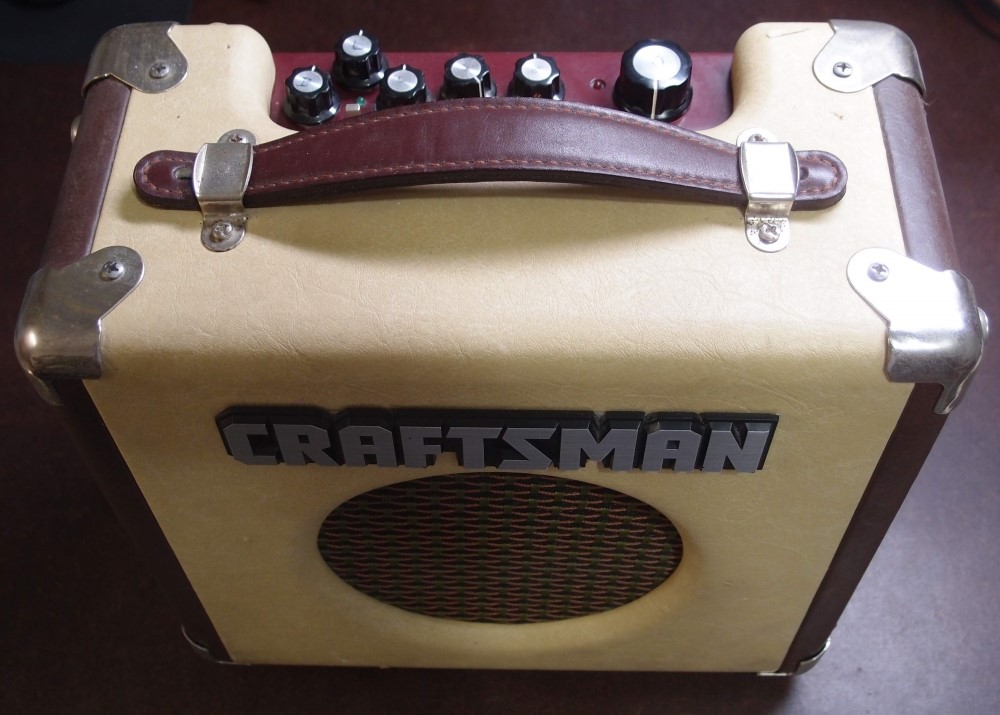
This is my favorite toy. 5 watts, battery-powered, or 9v, onboard distortion and delay. It's great for testing things on the bench. The big chrome Danelectro logo was missing from this burnt-out hulk, so I replaced it with "Craftsman".
Craftsman Amp Build

New 5-watt amplifier and Joyo delay pedal guts installed. I wanted a reverb, this gives that, and a whole lot more. The amp has built-in distortion. This thing does it all !!!
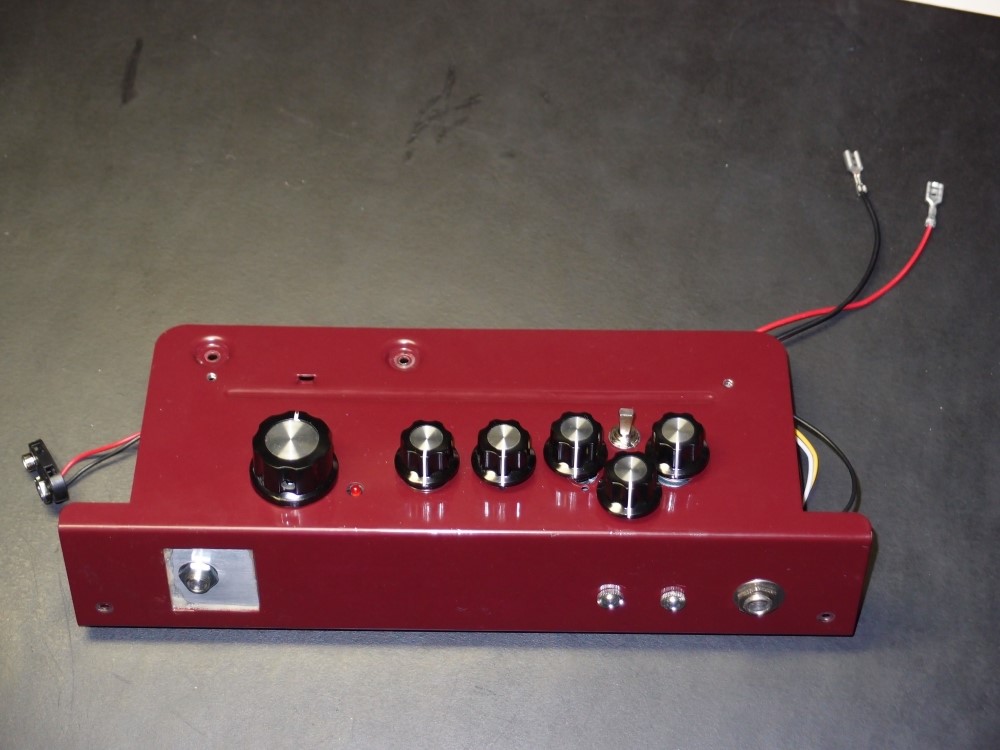
All controls and connections - a tight fit on this tiny chassis. Has 1/8" aux-in and headphone jacks. Since then, I added a second 1/4" input. Power jack on the left.
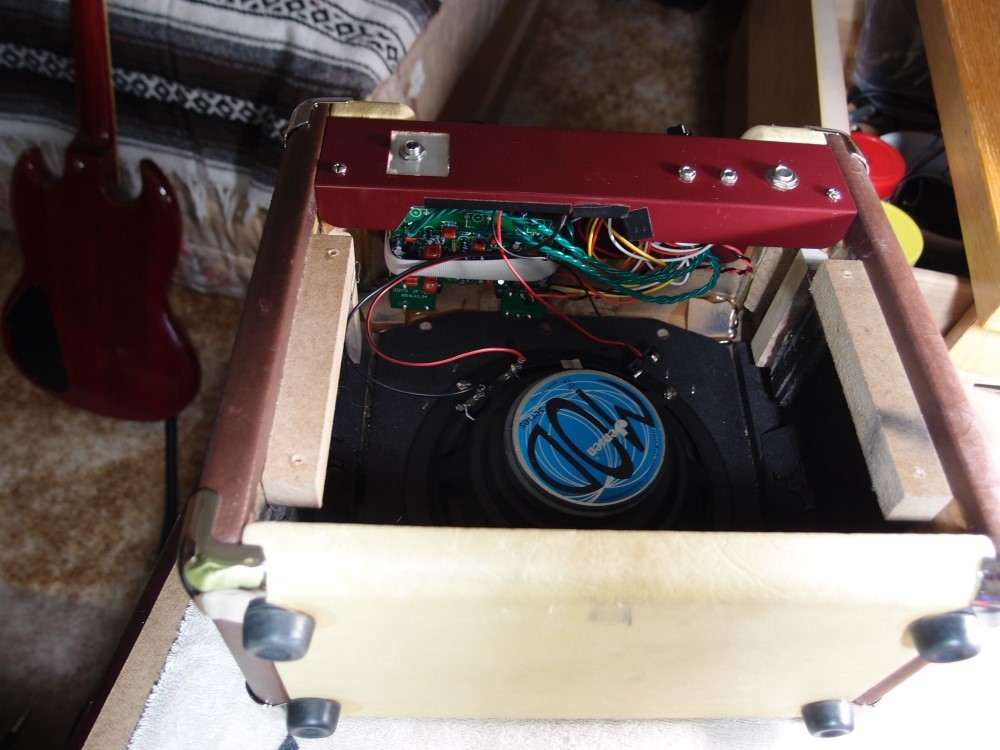
Electronics fit
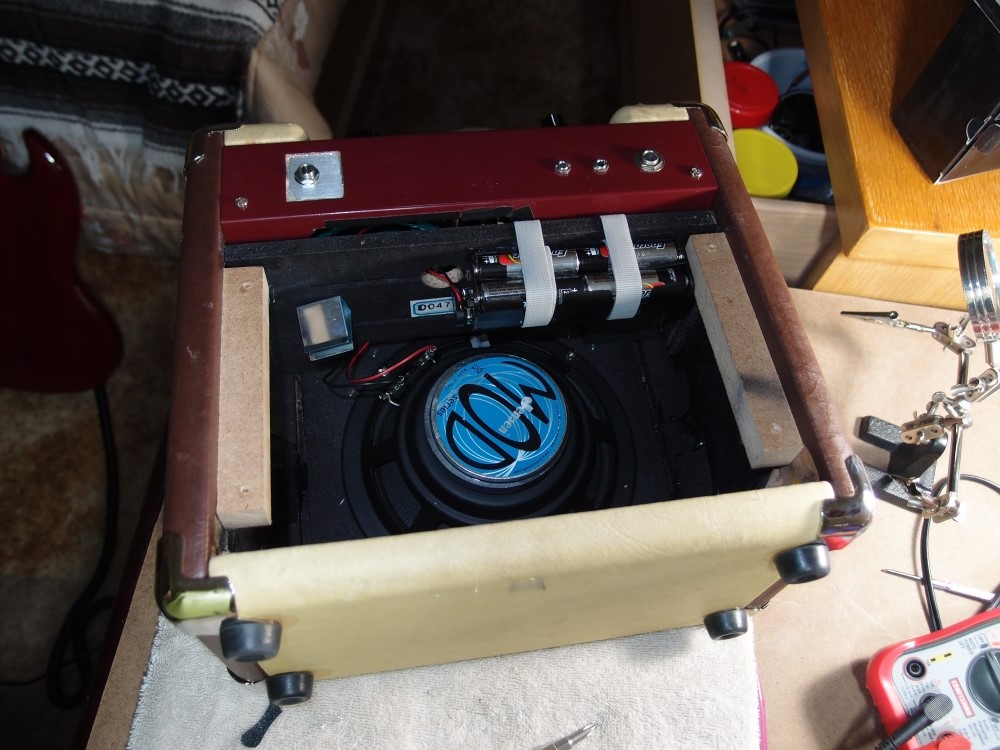
Jensen speaker and battery pack - enough AAs to make 9 volts. It will also run off a regular 9-volt battery, or a wall wart.

Strap buttons on an amp? Why not? Battery-powered = portable !!!
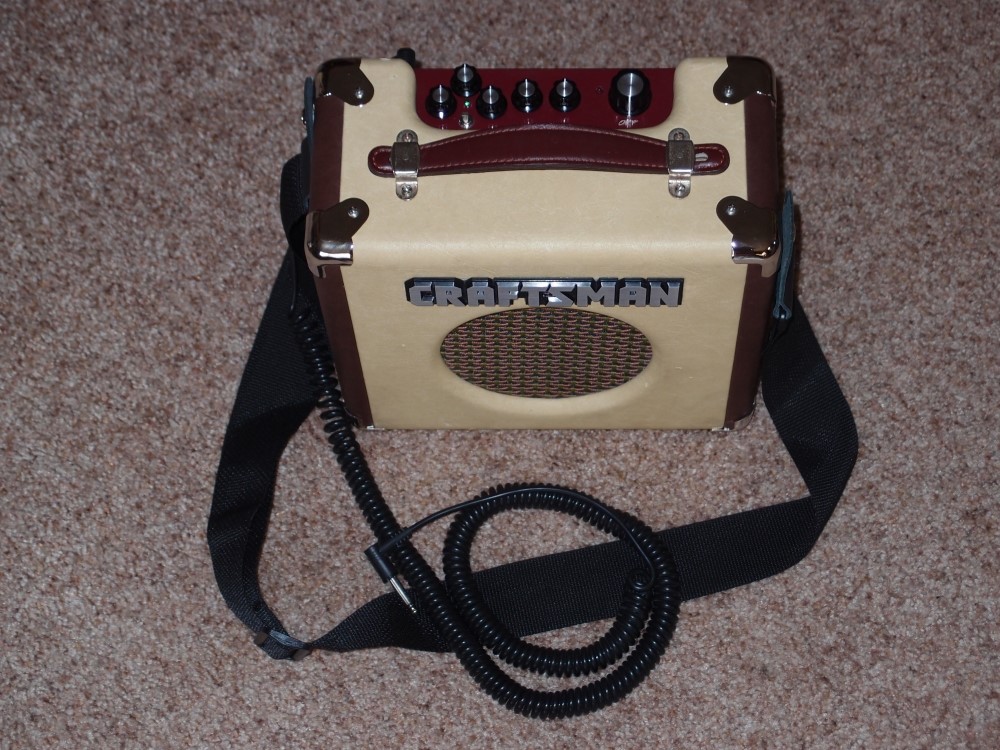
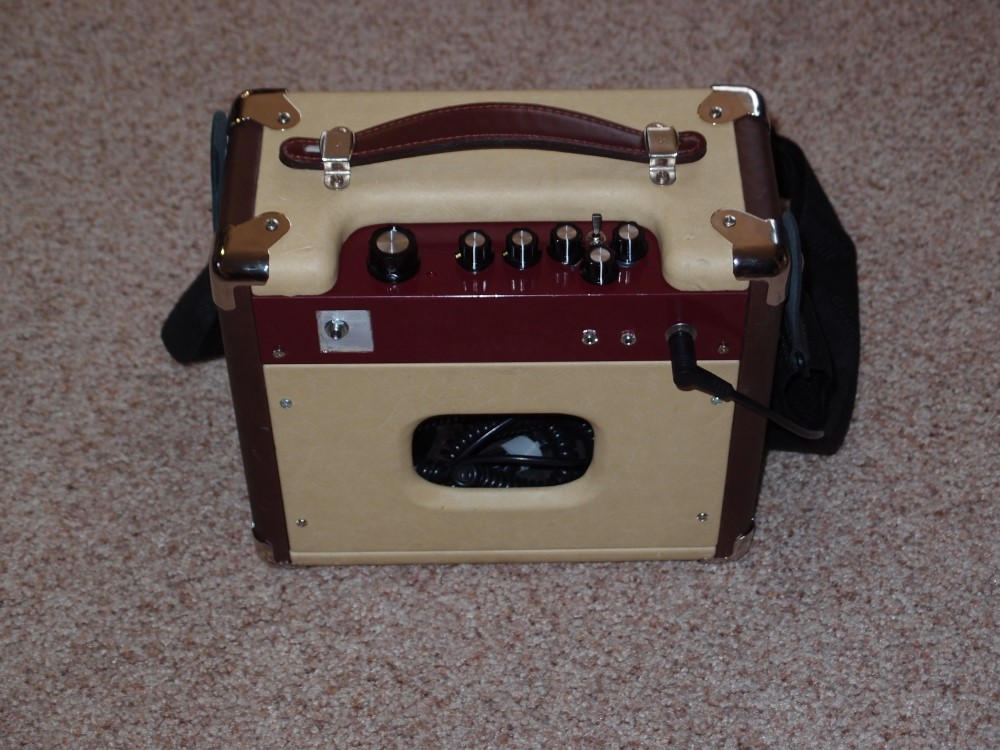
Lots of room for picks, cords, extra batteries, power supply, even a tuner inside the storage compartment.
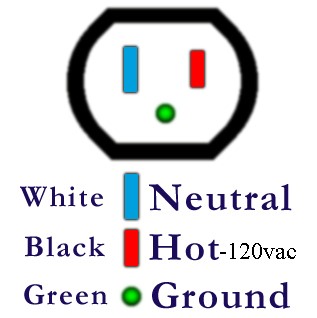
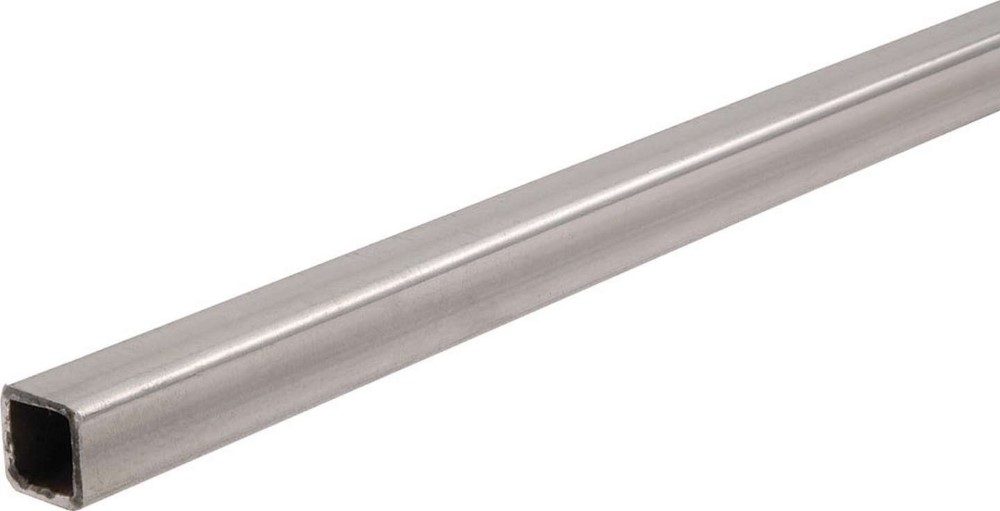
Questions or Inquiries?
Just want to say Hello? Sign the .